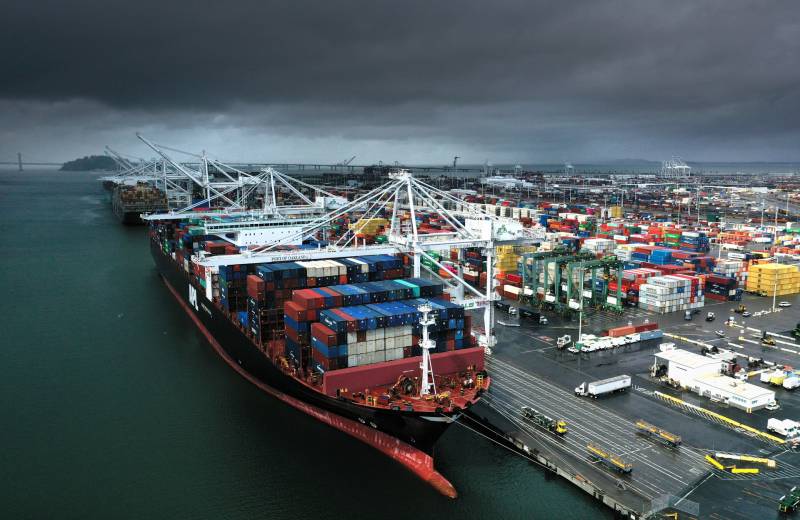A plan to dredge two turning basins in the bay near the Port of Oakland to better accommodate mega-sized container ships is gathering steam despite opposition from local environmental justice groups.
The huge container ships that frequent Oakland’s port, the ninth busiest in the U.S., often struggle to switch directions at the existing harbor basins, according to port officials and the U.S. Army Corps of Engineers, which maintains the federal navigation channel that services the port.
The issue has led to numerous cargo-ship traffic jams in recent years, furthering backlogs amid ongoing supply chain woes, with vessels sometimes forced to anchor idly in the bay for days.
The Army Corps’ proposal calls for widening each of the two basins by about 20 acres to allow some of the port’s largest ships to turn more easily. The agency has already completed a draft environmental impact report that is currently under review and is now seeking feedback from community members.

